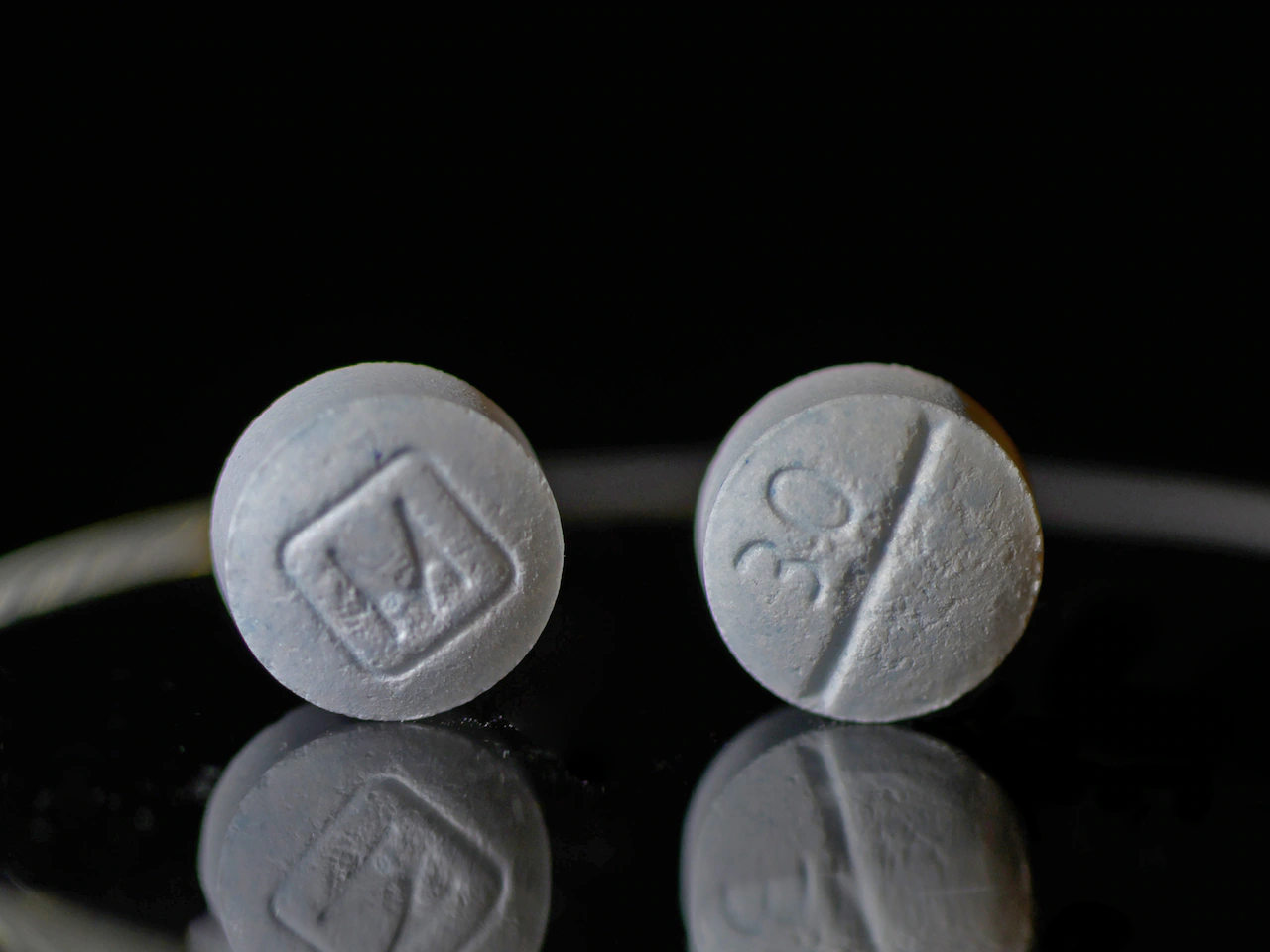Copyright medicaldialogues

Scientists use nanotechnology to successfully reverse Alzheimer's symptoms in miceScientists have developed an innovative nanotechnology treatment that reverses Alzheimer's disease in mice by restoring the brain’s blood-brain barrier (BBB), a critical vascular checkpoint maintaining brain health. Published in the journal Signal Transduction and Targeted Therapy, the study was led by the Institute for Bioengineering of Catalonia (IBEC) and West China Hospital Sichuan University (WCHSU), in partnership with UK collaborators. Unlike conventional nanomedicines used as drug carriers, these bioactive nanoparticles act directly as “supramolecular drugs,” repairing BBB function and promoting the clearance of toxic waste proteins from the brain.Alzheimer’s disease is closely linked to vascular dysfunction, particularly in the brain’s dense capillary network supplying neurons. The BBB protects the brain by regulating substance exchange with the bloodstream, but its dysfunction in Alzheimer's leads to harmful amyloid-β (Aβ) protein accumulation, disrupting neuronal function and contributing to cognitive decline. The treatment targets a delicate molecular system involving LRP1, a receptor that transports Aβ across the BBB for removal.Using mouse models genetically predisposed to accumulate high Aβ and develop Alzheimer-like cognitive deficits, researchers administered three doses of engineered nanoparticles. These particles mimic LRP1 ligands, binding Aβ and facilitating its transport across the BBB. Nanoparticle size and ligand count were precisely engineered to optimize receptor interaction and clearance mechanisms. Behavioral and memory assessments were conducted over several months to evaluate neurological recovery.Remarkably, one hour after treatment, Aβ levels in the brain dropped by 50–60%. Over subsequent months, treated mice showed substantial cognitive improvements, with behavior resembling healthy counterparts. The nanoparticles restored normal BBB clearance function, reactivating the brain’s natural waste removal and vascular balance. No toxicity was observed, supporting safety and tolerability.Lead researcher Professor Lorena Ruiz Perez emphasized that this strategy opens a new pathway for clinical therapies, shifting focus from neurons to vascular health to combat Alzheimer’s and potentially other neurodegenerative diseases. This breakthrough could significantly improve patient outcomes by addressing vascular contributions to dementia.REFERENCE: Junyang Chen, Pan Xiang, Aroa Duro-Castano, Huawei Cai, Bin Guo, Xiqin Liu, Yifan Yu, Su Lui, Kui Luo, Bowen Ke, Lorena Ruiz-Pérez, Qiyong Gong, Xiaohe Tian, Giuseppe Battaglia. Rapid amyloid-β clearance and cognitive recovery through multivalent modulation of blood–brain barrier transport. Signal Transduction and Targeted Therapy, 2025; 10 (1) DOI: 10.1038/s41392-025-02426-1Gum disease could silently cause serious brain damage, Study warnsAdults with gum disease are more likely to have signs of brain white matter damage, called white matter hyperintensities, according to a study published on October 22, 2025, in Neurology® Open Access. These bright spots on brain scans represent areas of tissue injury linked to impaired memory, coordination, and increased stroke risk. While the study does not prove causation, it highlights a potential connection between oral health and brain aging.White matter consists of nerve fibers that facilitate communication between different brain areas. Damage to this tissue can lead to cognitive decline and movement difficulties. Researchers suspect that chronic inflammation from gum disease may adversely affect blood vessels in the brain, contributing to these changes.The study examined 1,143 adults with an average age of 77. Participants underwent thorough dental exams to assess gum disease presence and brain MRI scans to detect cerebral small vessel disease markers, focusing on white matter hyperintensities, cerebral microbleeds, and lacunar infarcts. Among them, 800 had gum disease, and 343 did not. White matter hyperintensity volumes were categorized into four groups based on extent. Researchers adjusted analyses for age, sex, race, blood pressure, diabetes, and smoking to isolate the association between gum health and brain changes.Individuals with gum disease had higher average white matter hyperintensity volumes (2.83% of brain volume) compared to those without gum disease (2.52%). Notably, 28% of those with gum disease belonged to the highest damage category versus 19% without gum disease. After adjustments, gum disease was linked to a 56% greater likelihood of significant white matter damage. No significant associations were found between gum disease and other brain injury types like microbleeds or lacunar infarcts.Lead author Dr. Souvik Sen emphasized that while further research is needed, maintaining oral health could support brain health by potentially reducing inflammation-driven vascular damage. This study underscores the...



